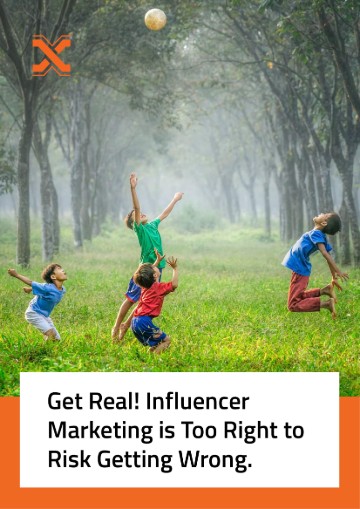
Are you looking for some interesting numbers that prove the Rise of consumer and employee micro-influencers in the modern day? Not yet convinced about why you should be seriously considering Advocacy Marketing? Here are some interesting statistics.

- By 2020, ad blocking is estimated to cost publishers $35 billion in revenue (Source: Edelman Digital 2017 Trends Report)
- Online reviews have become the most trusted advertising after peer-peer recommendations. 70 percent of consumers look for product reviews before making buying decisions while 92 percent trust online reviews as compared to branded content (Source: Nielsen)
- More than 200 million active ad block users globally (Source: Page Fair)
- 84% of consumers trust peer-peer recommendations over brand advertising (Source: Nielsen)
- Micro-influencers have up to 22.2 times more conversations than regular consumers regarding product and purchase recommendations (Source: Wharton School, Experticity and the Keller Fay Group)
- The click-through rate (CTR) of an employee’s shared content is 2x more than the company (Source: LinkedIn)
- Influencer marketing is highly effective in building awareness as compared to traditional advertising (Source: Nielsen)
- 59% of consumers prefer to follow the brand based on authenticity of its content (Source: Pardot)
- 70% of consumers rely on social networks before making purchase decisions (Source: ODM Group).
- Social media accounts with 1000 followers have 8% engagement rate compared to 1.7% from million-followers (Source: MARKERLY)
- 82% of consumers are “highly likely” to adopt micro-influencers recommendation (Source: Wharton School, Experticity, and the Keller Fay Group)
- Family and friends have emerged as the top trusted sources on social media (Source: Nielsen)
- 6 in 10 Americans rely on social media as a news source (Source: Pew Research Center)























